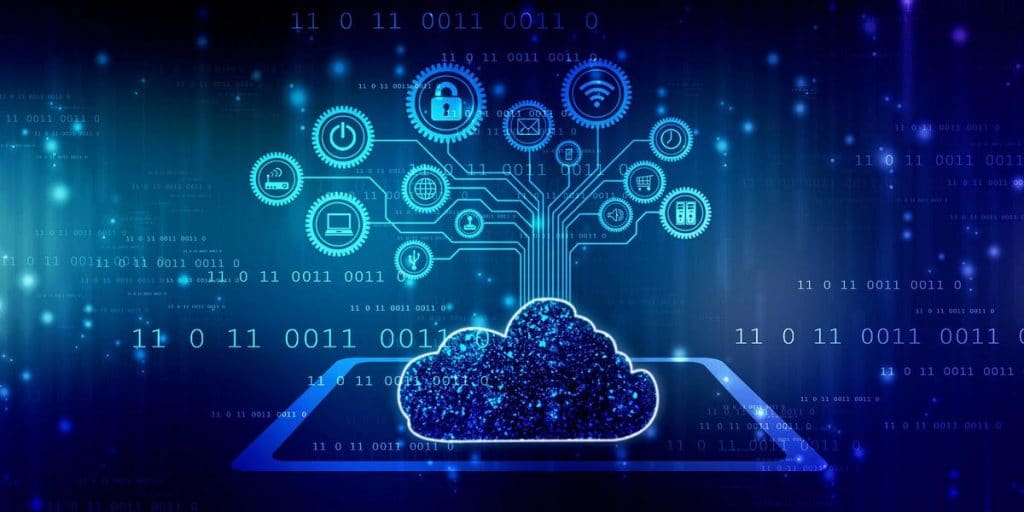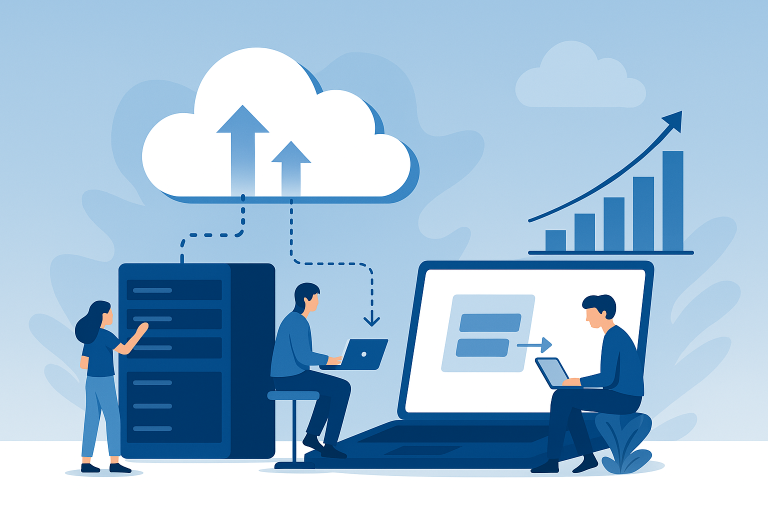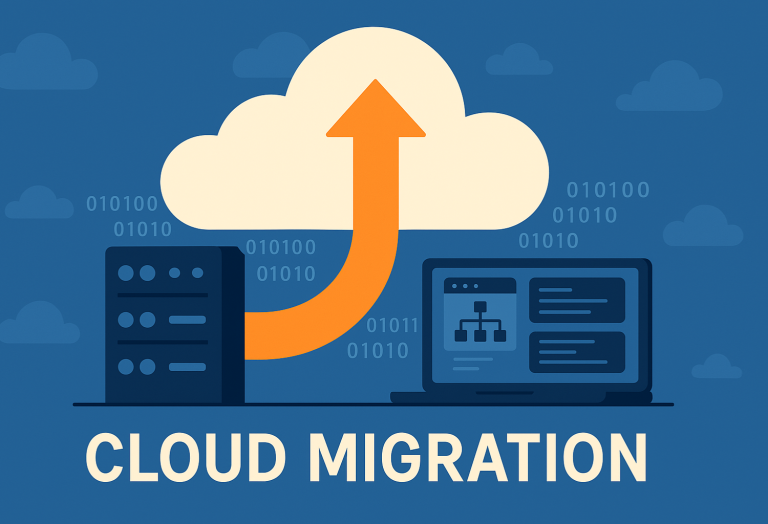
Edge computing is a distributed computing paradigm used to optimize internet devices and web applications by bringing computation and data storage closer to the data source. This computing system can reduce the requirement for long-distance communications between client and server, which in turn can reduce latency and bandwidth usage. Edge computing gives customers the flexibility to have devices rely on the cloud, perform tasks independently, and communicate when needed.
Why Edge Computing Is Gaining Popularity
There are many reasons that drive organizations to implement cloud edge strategies in their business, such as:
- IoT devices and connected touchpoints generate data that needs to be secured and stored in the cloud, with the edge remaining close to these sources.
- With containerization, developers can get a standardized deployment environment to build and package applications. Additionally, edge computing enables containers to deploy on any hardware, regardless of device capabilities, settings, or configurations.
- Service and data mesh offer a way to deploy and query data. Moreover, services are distributed across datastores and containers at the edge. These meshes present a single interface that eliminates the routing and management of services and data interfaces. As a result, bulk queries for the entire edge population are possible, instead of querying each device individually.
- Software-defined networking permits users to configure overlay networks. Consequently, it becomes easier to customize routing and bandwidth, determining how edge devices connect to each other and the cloud.
- With the implementation of 5G, edge deployments become seamless as it ensures the smooth transmission of critical control messages that manage the edge. 5G connects the edge to the internet backhaul and ensures that edge devices have the correct configurations and software versions to function properly.
- Digital twin works as a critical enabler to organize the physical-to-digital and cloud-to-edge.In addition, the twin configures data and applications using domain terms related to assets and production lines instead of database tables and message streams. Furthermore, digital twins enable domain experts to configure applications to sense, think, and act on the edge.
Four crucial technologies make edge computing more powerful
XR (Extended reality)
It offers a truly immersive interface for your employees to collaborate and work better in a virtual environment. And the incorporation of edge computing can make it even better with more detailed and interactive experiences.
Cloud edge enhances car buying, training, and site visits with clearer views and zoom features.
Heterogenous hardware
Heterogenous hardware can process a huge amount of data in no time and use less power. Specialized hardware combined with edge computing enables efficient processing and faster response.
Privacy-preserving technology
Secure enclaves, federated learning, homomorphic compute, differential privacy, etc., are some of the hardware and techniques that analyze data without exposing all of its aspects. Usually, data remains encrypted when stored and when transmitted, but privacy-preserving technology protects the data even through the compute stage, making it more suitable to use by other lines of business and partners, especially when it requires to occur on edge.
Robotics
Robotics can be programmed to act on signals and updates at the edge. Edge computing in robot-assisted surgery keeps controls on the robot while coordinating with the cloud for data and control decisions. This ensures efficient decision-making and real-time updates.
The way edge computing will drive cloud computing
The above discussion points in one direction that edge can be the future of cloud computing. Here are some instances that show the further development of edge computing.
Extend AI and IoT:
Edge computing handles sensitive data and ensures secure, uninterrupted operations in healthcare, retail, and manufacturing. Edge is a good option for the reliable functionality of the core systems. Where you can incorporate AI and IoT into a system, you can also consider the edge to be implemented in that system.
Create unique value in partner ecosystems:
By controlling cloud edge, you can control the data access at the closest point of action. So, you can use a unique position to create differentiated services, which can be used across the entire business and even among partners.
It is just like a data center, where proximity is crucial in high-frequency trading. In case of edge, the users can enjoy similar facilities.
Improves the functionality of 5G, robotics, XR and connected devices:
Implementation of edge computing can help to maximize the returns of next-generation technologies like 5G, XR, robotics, etc. Their combined effect enables multiple new features like voice commands to your car, remote work via teleoperation, and so on. Edge computing also allows the programmability and extreme control that you prefer in your business.
Edge computing is viable today
As you can see that edge computing is able to drive so many technological leaps very fast. It is quite amazing to see such a fast development and efficient working infrastructure. The blog has already explained the unique advantages of edge computing in combination with advanced technologies like IoT, XR, 5G, and others. So, you can start thinking about implementing this architecture in your organization and experience how edge computing can influence your business to run more efficiently, innovate faster and achieve more value from your ecosystem partnerships. If you are planning to incorporate edge in your business, you can consult a trusted IT infrastructure consulting services provider to get help in it.

